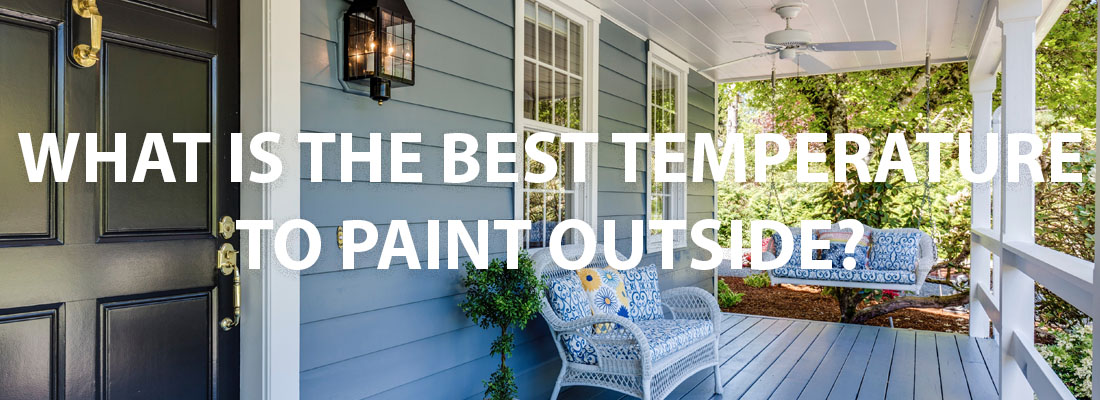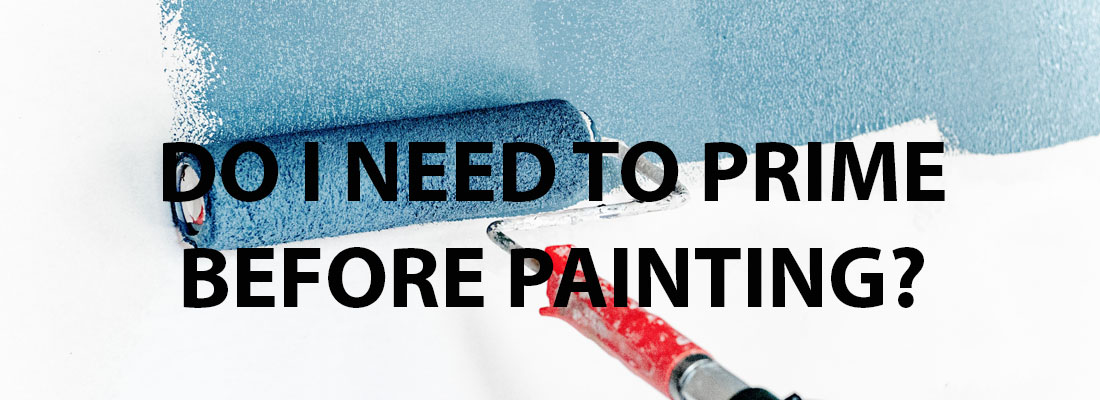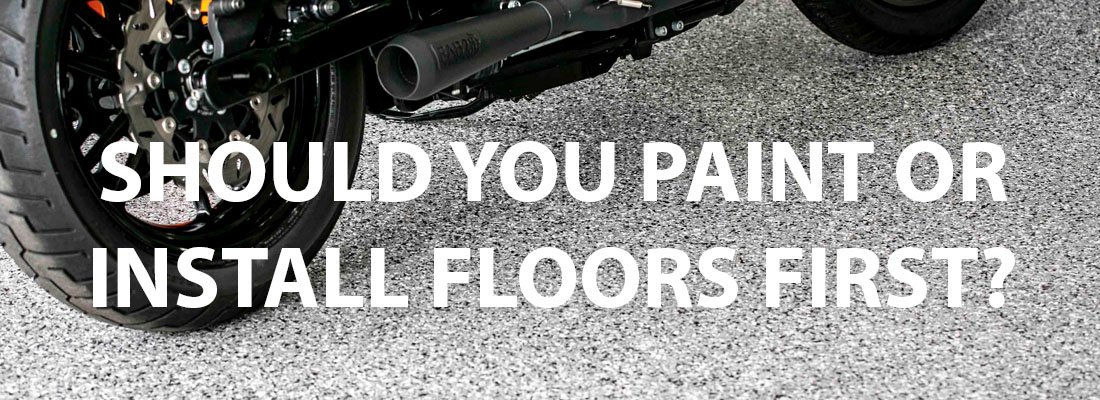Knowing where to purchase the best quality paint and supplies in the Boise area can be a game-changer when starting a painting project. A quality paint store can offer so much more than just color and finish options. Knowledgeable employees can be extremely valuable in offering advice and expertise for your unique project. With the best selection of reputable paints and top-quality products, superior paint stores have a lot to offer. We’ve compiled a list of the best paint supply stores in Boise that have consistently demonstrated excellence when it comes to product, customer service, and overall customer satisfaction:
1. Sherwin-Williams Paint Store Boise
8515 Westpark St.
Boise, ID 83704
Phone: 208-375-1412
Sherwin-Williams has an excellent reputation for exceptional quality paint, paint supplies, and stains to bring your ideas to life. Have paint questions? Ask any member of your local Sherwin-Williams team.
2. Boise Paint & Supply
410 Orchard St.
Boise, ID 83706
Phone: 208-343-4811
Boise Paint and Supply offers quality paint such as Benjamin Moore along with excellent support and quality products.
3. Paint Life Supply Co.
4618 W. State St.
Boise, ID 83703
The paint Life Supply Co. offers expert advice along with videos and useful tips to ensure all your painting projects are a success.
4. Sherwin-Williams Paint Store Meridian
2680 E. Fairview Ave.
Meridian, ID 83642
Phone: 208-888-3551
There are several locations of Sherwin-Williams paint stores throughout the Treasure Valley. This Meridian location is easy to access and offers the same great paint supplies and customer service we keep coming back to.
5. Miller Paint
7440 Lemhi St.
Boise, ID 83709
Phone: 208-287-3650
Miller Paint has an excellent reputation across the valley for carrying products that aren’t available through the big box stores as well as having a knowledgeable and friendly staff.
6. Rodda Paint Co.- Boise
3816 W. State St.
Boise, ID 83703
Phone: 208-336-7210
At Rodda’s Paint, you’ll find the people and resources to help you choose the right products, the right sheen, and the right colors for any project.
7. Nampa True Value
421 12th Ave. Rd.
Nampa, ID 83686
Phone: 208-461-6077
True Value offers convenient locations in Nampa as well as Caldwell. When DIY projects get messy, the employees at True Value are there to help you every step of the way.
8. B’s Ace Hardware
931 E. State St.
Eagle, ID 83616
Phone: 208-939-6435
When shopping at B’s Ace Hardware, you’ll receive the personal attention you need accompanied by the right products and prices that rival the big box stores.
9. Sherwin-Williams Paint Store Nampa
1526 Caldwell Blvd.
Nampa, ID 83651
Phone: 208-467-7439
This Nampa location of Sherwin-Williams is easily accessed off of Caldwell Blvd making it convenient for customers living in the west side of the valley.
10. Sherwin-Williams Paint Store Orchard
2550 S. Orchard
Boise, ID 83705
Phone: 208-389-9700
One of the advantages of Sherwin-Williams is its multiple locations across the valley. No matter which location you visit, you’ll receive the same excellent customer service and same quality product selection.
Best Home Paint Supply Stores in Boise Conclusion
If you’ve ever attempted a painting project of any kind, you know how important it is to use quality products and supplies. Not only will you be more satisfied with the end result, but you’ll enjoy a much smoother process.
If you live in the Boise area and have painting questions of any kind, feel free to contact Boise Home Painting. We are a family-owned business with years of professional painting experience in the Treasure Valley. Whether you’re looking to repaint your home’s interior, update your exterior paint, or need a refresh for your kitchen cabinets, we can help. Click here to get your free quote!





